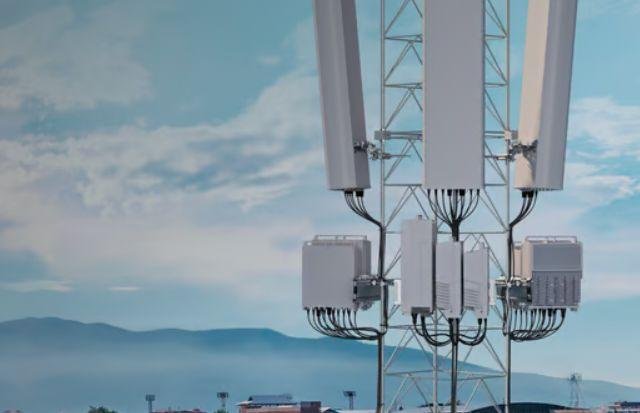The cost of AI-native RAN deployment remains a significant challenge for telecom operators worldwide, Caroline Gabriel, Partner, expert in network and cloud strategies and architecture at Analysys Mason, said in a recent report.

The implementation of AI in the RAN infrastructure requires huge investments in high-performance computing hardware, such as GPUs and AI accelerators.
Operators like AT&T, Verizon, Vodafone, SoftBank, SK Telecom, and Reliance Jio have all explored AI RAN, but the economic viability remains a key concern. Deploying high-performance AI-driven RAN baseband processing at each site or across a cluster of sites can result in a cost that is two to three times higher than conventional RAN deployment.
Given that AT&T operates around 70,000 sites, such an implementation would require an astronomical budget.
One European operator says implementing a RAN baseband with AI embedded in Layer 1 would cost 2-3 times more than implementing a conventional RAN with the same traffic loads.
Analysys Mason’s survey of over 70 operators, conducted in October 2024, revealed that more than half of them expect to deploy some degree of RAN AI before 2030. However, many of these operators acknowledge that there is no credible economic case unless the cost of underlying processor technology is significantly reduced.
One of the financial challenges comes from the need for AI acceleration in RAN Layer 1 processing. Traditional RAN architectures use specialized hardware optimized for real-time processing, whereas cloud-based RAN models aim for scalability and efficiency.
However, the distributed nature of RAN means that AI-driven processing must occur close to the cell site, increasing infrastructure costs. Operators such as Vodafone, which has expressed concerns over low returns on 5G investments, are hesitant to commit to AI RAN without clear cost reductions or new revenue opportunities.
Another challenge is the cost of power and cooling requirements for AI-driven RAN systems. The introduction of GPUs and AI accelerators into baseband units increases power consumption, which can be a limiting factor in regions with high energy costs.
Operators such as T-Mobile US and Deutsche Telekom have been vocal about the need for energy-efficient solutions before AI RAN can be widely adopted.
The geopolitical landscape also affects cost and feasibility. DeepSeek’s AI model promises a lower-cost alternative to existing AI implementations, but its reliance on Huawei’s processors raises concerns for operators in North America and Europe, where regulatory restrictions limit the use of Chinese technology.
As a result, operators such as AT&T and Vodafone may not fully benefit from DeepSeek’s cost advantages, reinforcing the reliance on vendors like NVIDIA, Qualcomm, and MediaTek for AI-driven RAN solutions.
AT&T CEO, announcing the financial result for Q4 2024, noted that operating expenses were $27 billion versus $26.8 billion in the year-ago quarter. Operating expenses increased due to higher depreciation from depreciation on wireless network equipment associated with Open RAN network modernization efforts, as well as fiber investment and network upgrades.
Despite these challenges, some operators remain optimistic. SoftBank and SK Telecom have been leading the charge in AI RAN experimentation, investing in AI-native architectures despite the high costs.
Meanwhile, companies like Reliance Jio are exploring cost-efficient AI models that can potentially be scaled across their networks. However, for mainstream operators to adopt AI RAN at scale, significant breakthroughs in cost reduction and efficiency are necessary. This may come from DeepSeek, NVIDIA, or another emerging player in AI acceleration, Caroline Gabriel said.
Without such advancements, AI-native RAN will likely remain an exclusive domain for high-tech pioneers rather than a mainstream telecom solution.
Baburajan Kizhakedath
